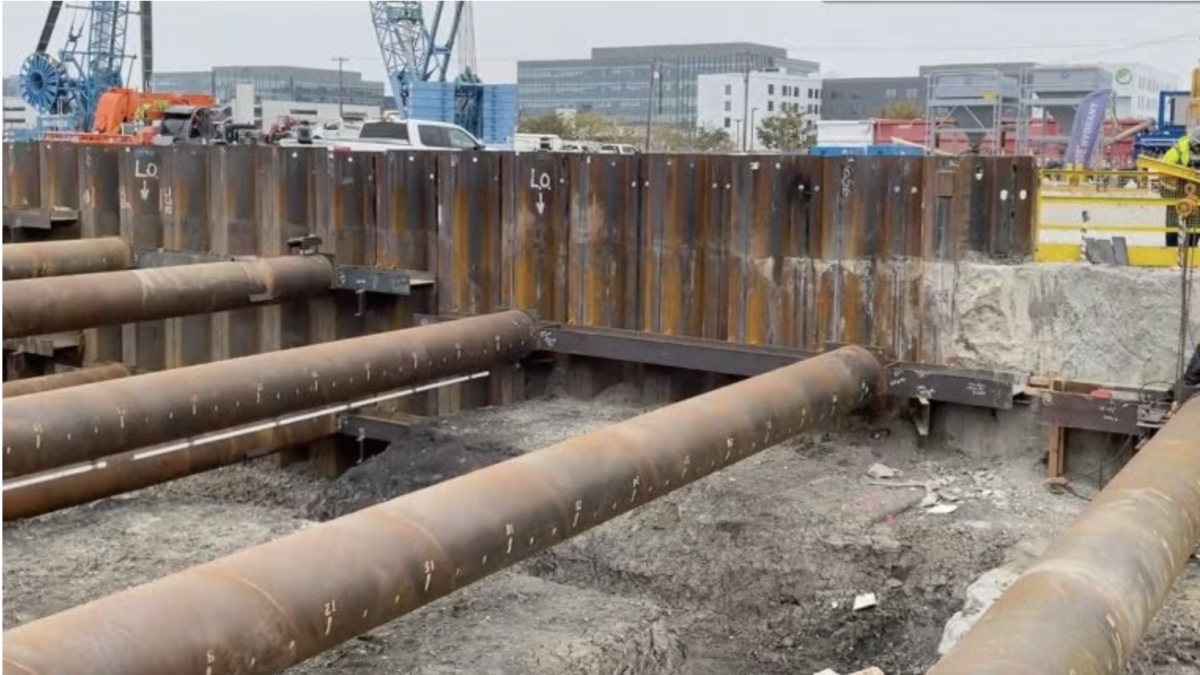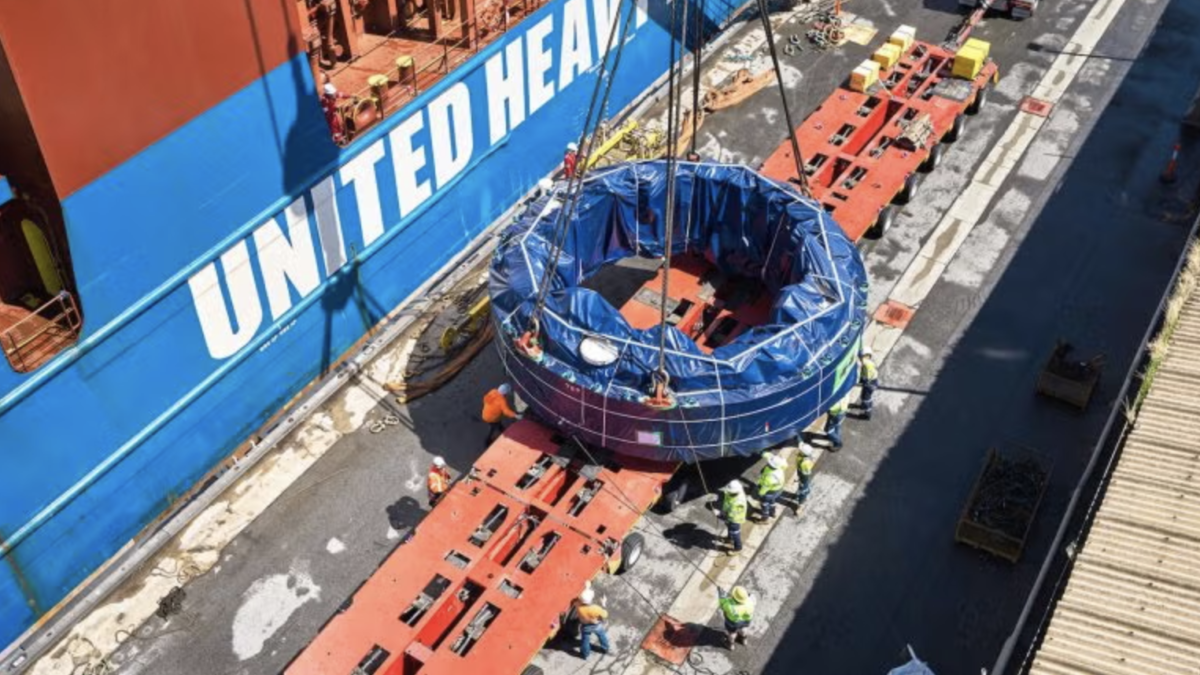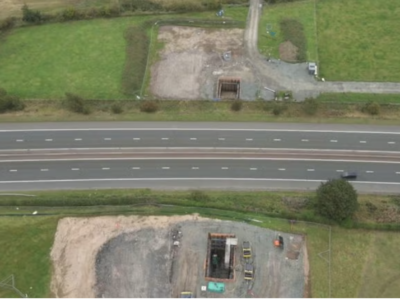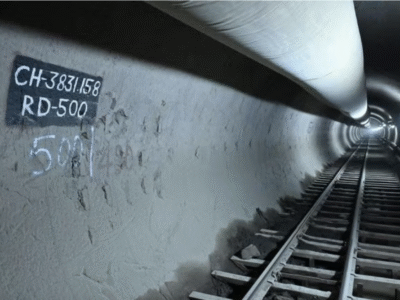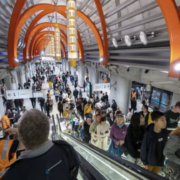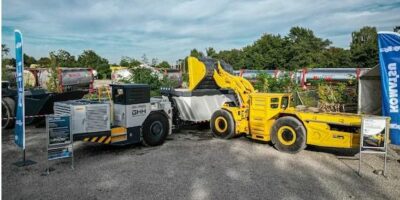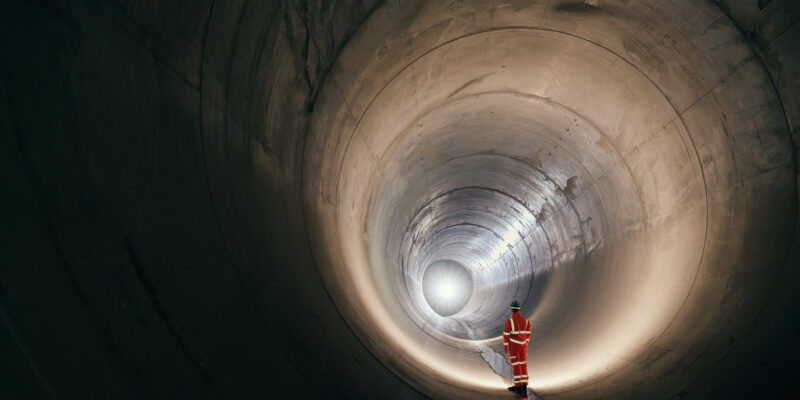
The first sites along the 25km Tideway tunnel that runs from east to west London have been switched on, marking a significant milestone on the “super sewer” project.
Since the sites were opened, data published by Tideway shows that the new “super sewer” is already protecting the River Thames from sewage pollution.
When London saw heavy rainfall on 23 September, around 589,000 m3 was captured by the London Tideway Tunnel with just the first connections activated.
Valves are now open at four of the 21 locations that make up the system. The rest are due to come online in the coming months, when the sewer will reach full operating capacity.
The new super sewer system was connected to the 6.9 km Lee Tunnel in May of this year. This marked the completion of the full London Tideway tunnel, which has a combined capacity of 1.6M.m3 to protect the River Thames in London.
Tunnelling on the major project was completed in April 2022, after four years of excavation by six tunnel boring machines across 24 sites in the city.
Commenting on the latest milestone, Tideway CEO Andy Mitchell said: “This is an important moment for the Thames. The super sewer has been switched on and is starting to protect the river from sewage pollution.
“After eight years of construction, in which almost 25,000 people have contributed more than 40M working hours, this system is operating for the first time.
“These are early days, with more connections to make and further testing to come, but the super sewer’s positive influence on the health of the Thames will increase over the coming months – and London will soon be home to the cleaner, healthier river it deserves.”
Teams are now working to bring the sewer system into full operation. This involves connecting the remaining discharge points to the new super sewer and testing the entire system during different weather conditions, including heavy storms.
While the testing phase is now underway, work continues above ground to finish the new riverside public spaces being created as part of the project.
The first of these was opened to the public last year, next to Putney Bridge. Teams are now working across London – from Chelsea to Wapping – to finish off the remaining six public spaces.
Once fully operational, Tideway anticipates that the super sewer will decrease levels of harmful sewage pollution into the River Thames through central London.
Work on the project began in 2016 – with activity taking place at sites from Acton in west London to Abbey Mills Pumping Station in Stratford, east London.
More than 20 deep shafts – some as wide as the dome of St Paul’s Cathedral – were constructed across London to divert sewage flows and to lower tunnelling machines into the ground.
The first of these giant machines started work deep beneath London in 2018, with primary tunnelling on the 25km main tunnel and two smaller connection tunnels fully completed in 2022.
By the autumn of 2023, secondary lining was fully complete on all the tunnels, with the heavy civil engineering work then completed in the spring of 2024.
The Tideway project has been delivered by an alliance of contractors.
The west region has been delivered by a joint venture of Bam Nuttall, Morgan Sindall Infrastructure and Balfour Beatty. The central region has been delivered by a joint venture of Ferrovial Agroman UK and Laing O’Rourke. The east region has been delivered by a joint venture of Costain, Vinci Construction Grands Projets and Bachy Soletanche.
System integration is being delivered by Amey, which is responsible for providing process control, communication equipment and software systems for operation, maintenance and reporting across the Thames Tideway Tunnel system.
Once fully up and running, Thames Water will operate the system as part of its London wastewater network.



